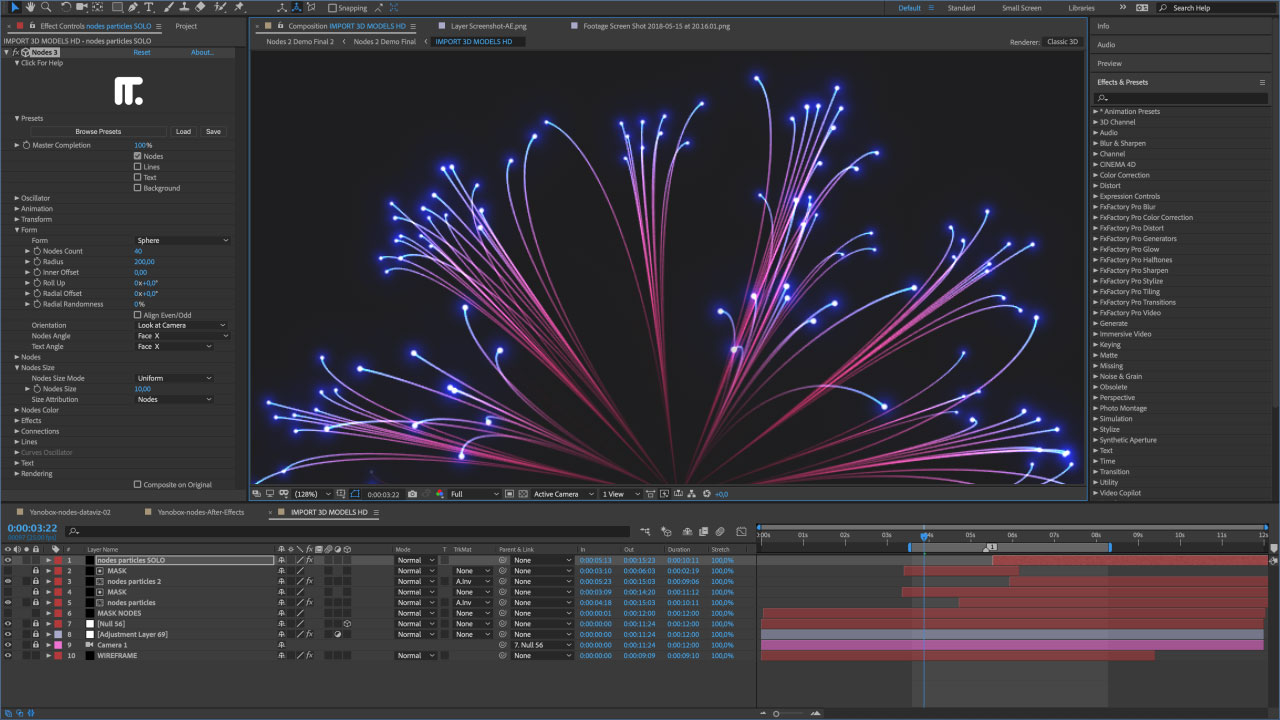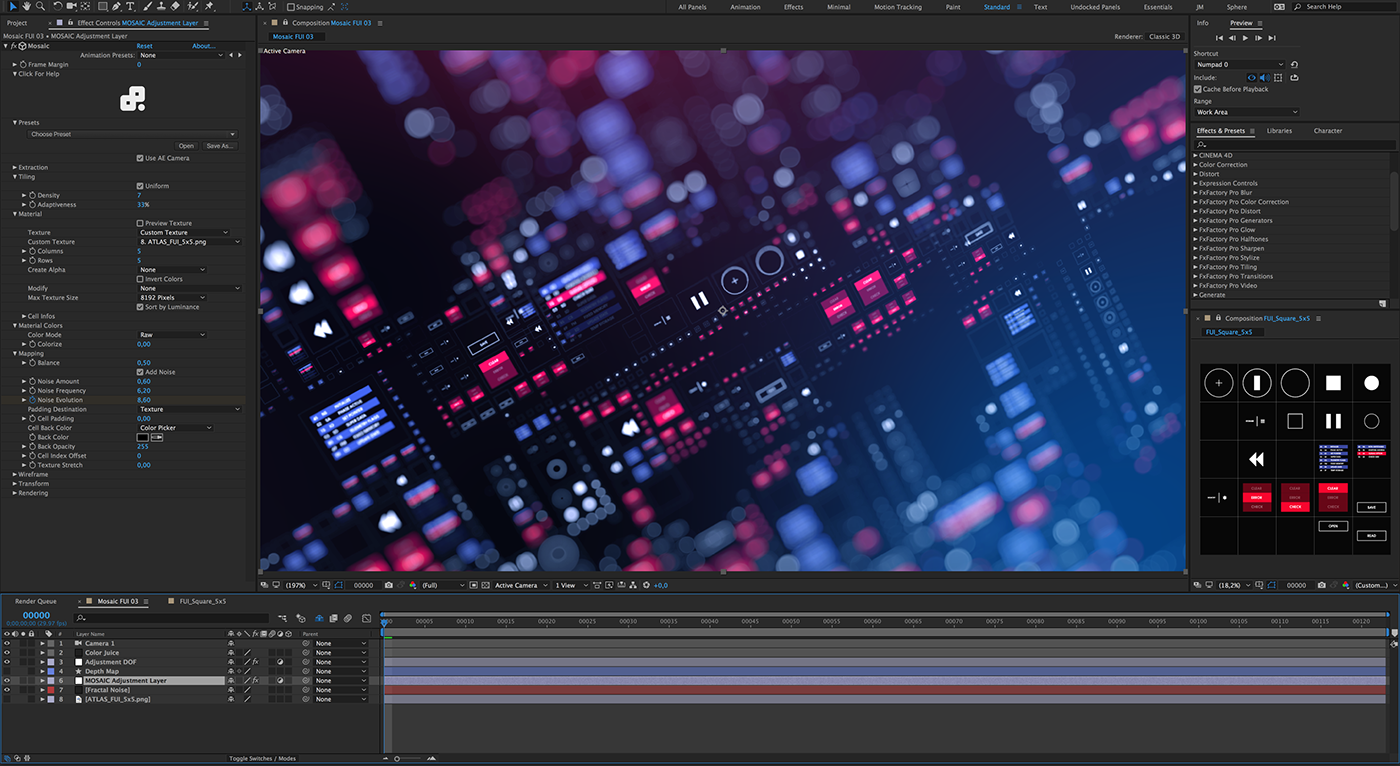
- #H.264 codecadobe after effects plugins how to#
- #H.264 codecadobe after effects plugins movie#
- #H.264 codecadobe after effects plugins mp4#
- #H.264 codecadobe after effects plugins pro#
- #H.264 codecadobe after effects plugins code#
Despite being new to some of the underpinnings of the feature, she waded through development challenges, as well as Seth Bell's awesome QA testing, to deliver a solution we are all proud of. Over the past three months, Abi committed her curiosity, creativity, and fearless coding skills to bring this feature to life in a robust way.

#H.264 codecadobe after effects plugins code#
Implementing this atop a database currently holding nearly 100,000 QUE Jobs was no easy task and required a balanced consideration of end-user experience, compute cost, code architecture, and quality assurance testing. This feature is a real-time display of the batch processing statistics for any QUE Campaign.
#H.264 codecadobe after effects plugins mp4#
To Rick Gerard: Did I understand correctly from reading one of your posts above that it's so simple as just converting a MOV to MP4 and then giving the result an MOV file extension? But if so, will Acrobat see that it's H.We recently shipped a very useful, important, but tucked-away feature in our QUE offering, and we want to give a huge shout out to Abi Scholz, one of Dataclay's incredible full stack developers.
#H.264 codecadobe after effects plugins how to#
And I'd still like to know if MOV files with H264 under the covers would solve my problem, and if so, how to create them. But it does ask again next time you open the document. In my earlier testing I must have forgotten to check that box. Oops! Testing further, I discovered it only asks permission for the first MOV video opened, then obeys the request not to keep asking for subsequent videos. I'm open to any other solution that gives me frame-by-frame viewing. Will that solve my problem? That is, will Acrobat see that they're H264 and play them without asking permission, yet keep the MOV interface with its frame-by-frame viewing. This post mentions MOV files as a container for H264.
#H.264 codecadobe after effects plugins pro#
Right now I've discovered that in the latest version of Acro Pro DC, if I link them instead of embedding them, I can play the MOV files no problem, except that Adobe asks user permission each time, and my PDFs have anywhere from 20 to 100 videos in them, and it can get pretty tiresome to have to grant permission to each and every one in turn. This used to be possible with MOV files before a security hole was discovered in MOV files and Adobe made this difficult. My PDFs show videos of deaf sign language (ASL) in floating windows (since otherwise they'd take up too much space), and hopefully should permit readers to view them frame by frame to study their details. I have what I believe is a related problem. It will more than pay for itself in the first 24 hours unless you work for free.


If you are really concerned with delivery time you should spend $100 and buy RenderGarden. Not learning and using the best tools for the job is going to eventually leave you behind. Blaming Adobe for trying to save you from problems encoding files when another manufacturer drops support is a little silly. Not running the latest version of AE is also denying you many improved features that are huge time savers if you do motion graphics, work with masks, do color grading and a bunch of other things. H.264 produces much cleaner files and better playback performance when you use Multi-Pass rendering and that was never available through the output module but has always been available in the AME. Since the AME was introduced I have been far more productive because I now almost never wait for a render. The AME is not that much slower, in actual fact it saves you time because you don't have to stop working in AE while renders are running.

Sometimes custom players used for things like animated signage are stuck with h.264 in a MOV container so all you have to do is change the extension to get those players to work. Any media player will accept the files without problems. If the video is going directly to the audience then an h,264 MP4 is the most universal format you can find. ProRez is good for a Mac, Cineware (free from GoPro) is also a suitable production format. The proper format depends on the systems your client has in place. I'd pick a suitable production format for that. Also, H.264 is a very lossy intraframe codec that should never be used for further production or archiving. You should also gently educate your client to the face that QuickTime no longer is working on or guaranteeing support for h.264 QuickTime. MOV's that are really mp4's playback just fine. The big problem is rendering to the MOV container.
#H.264 codecadobe after effects plugins movie#
If the client really needs the movie as h.264 in MOV format then just use the AME to render an MP4 and change the extension.


 0 kommentar(er)
0 kommentar(er)
